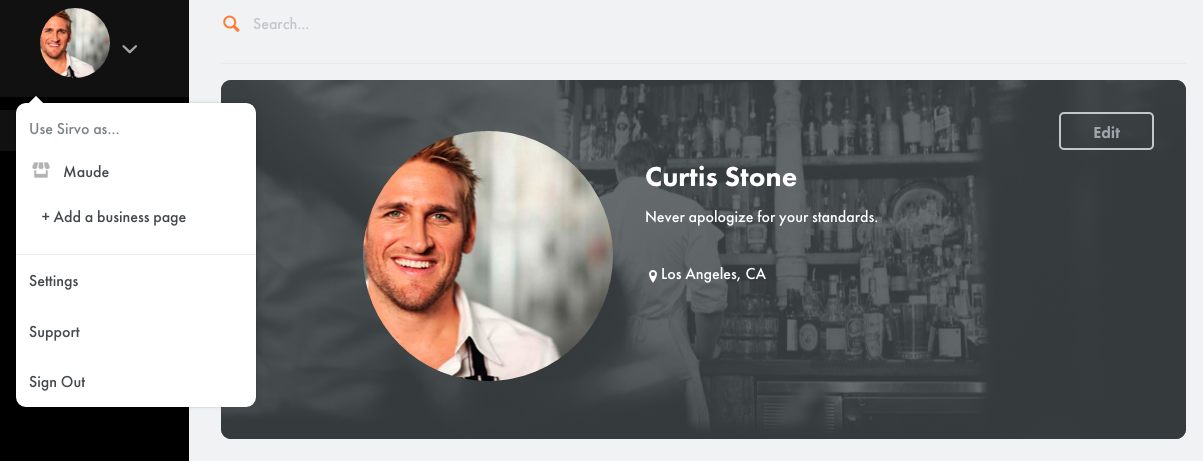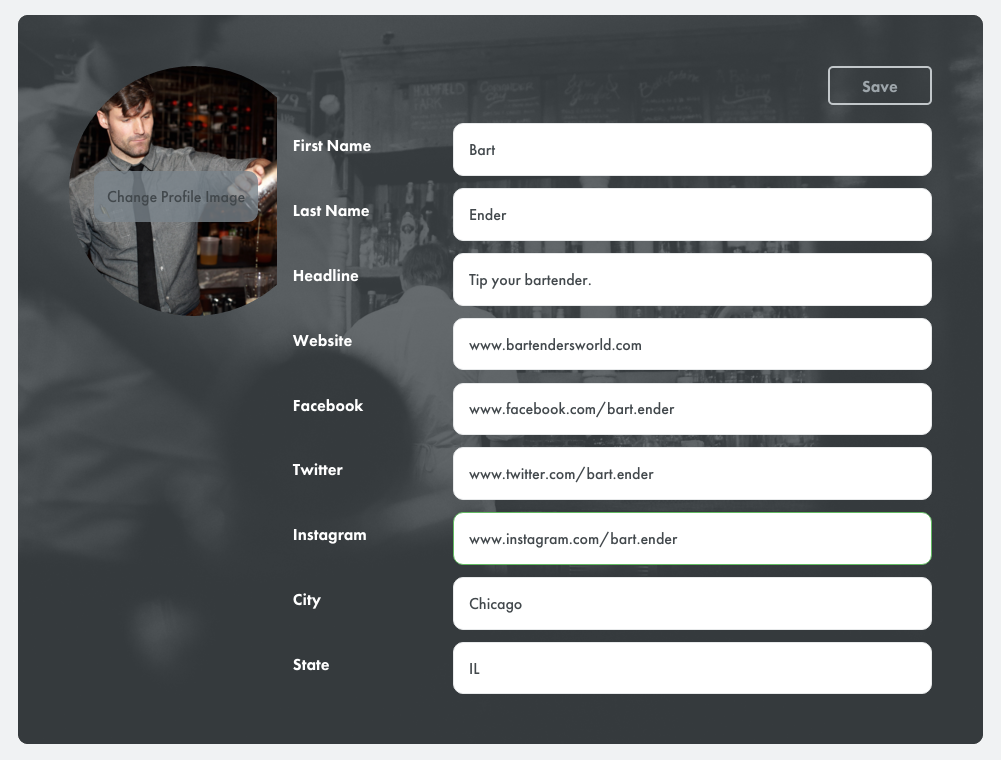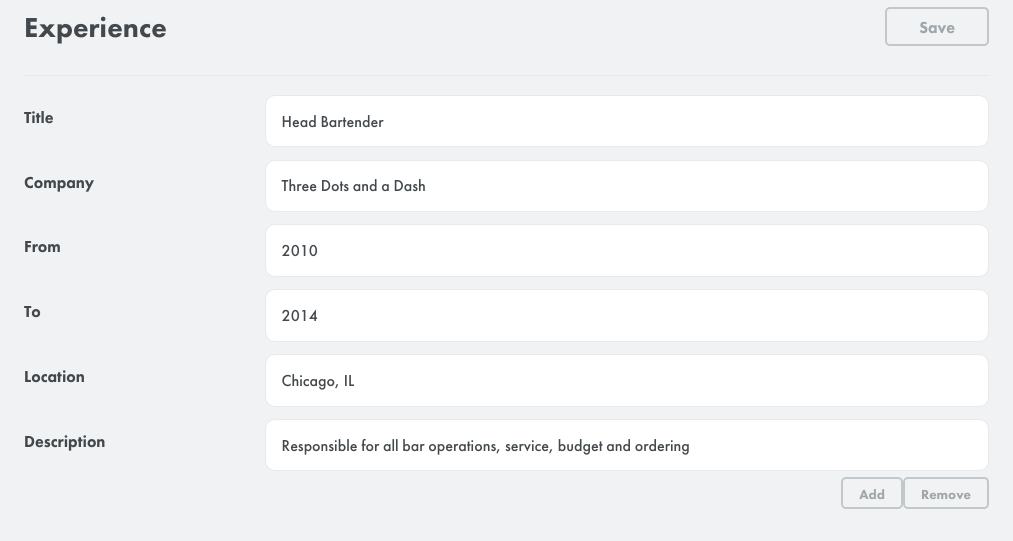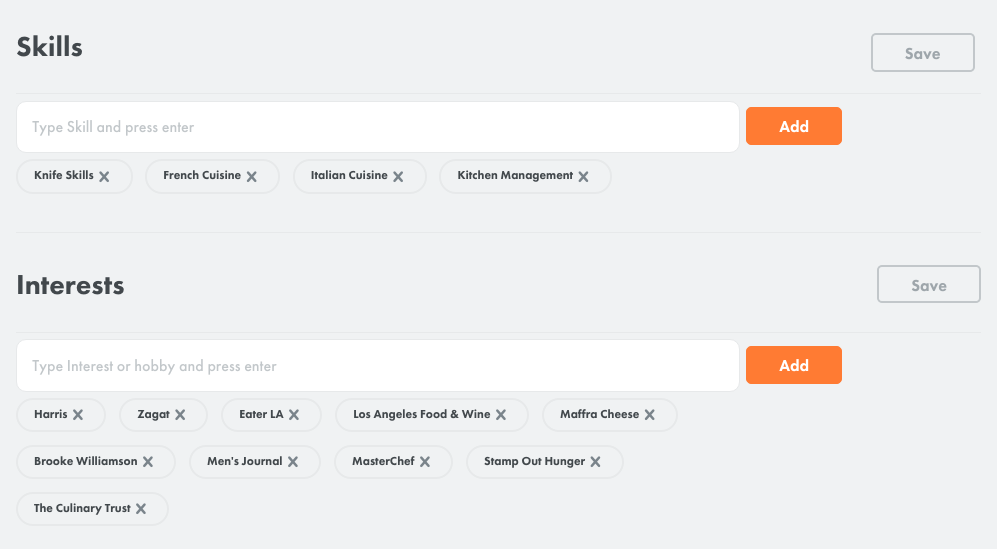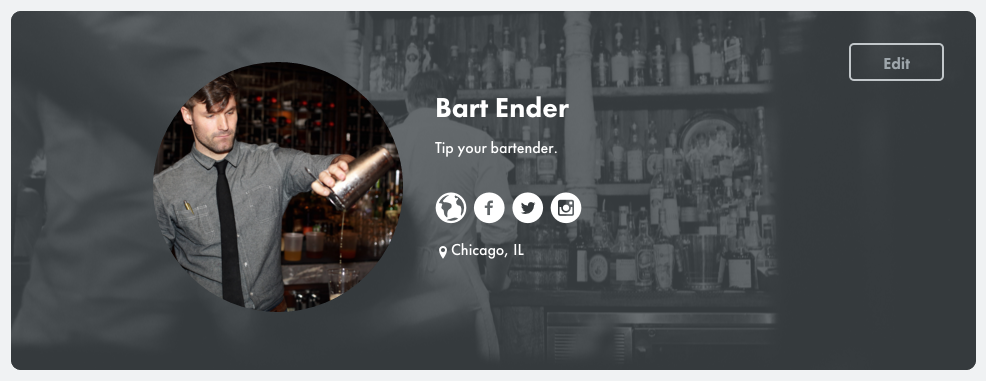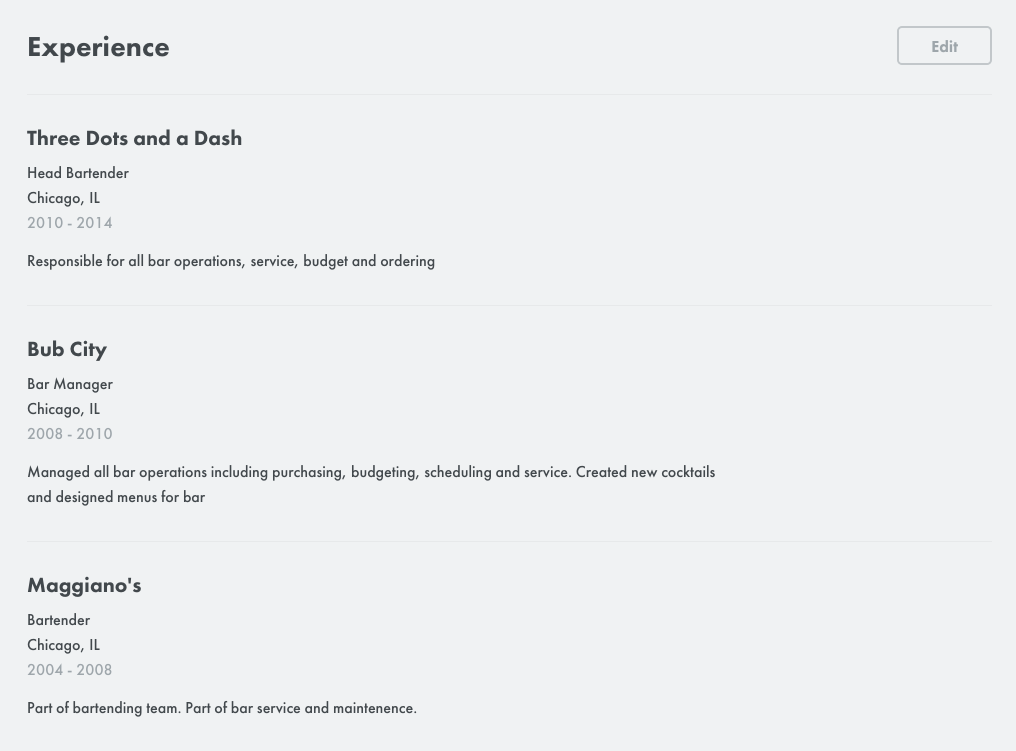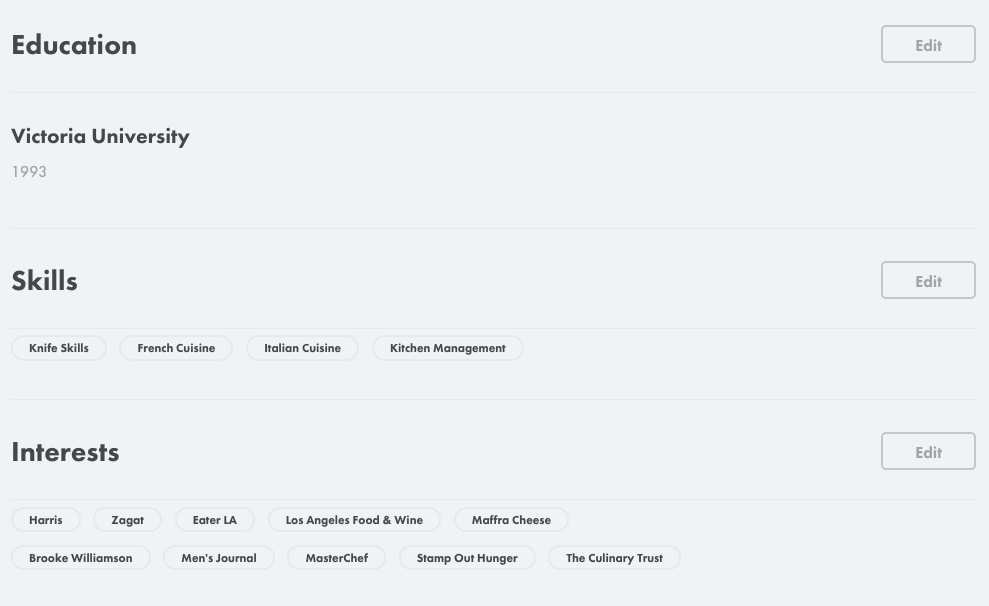Why Confidence Is Key To A Successful Job Search
Confidence plays a huge role in the success of your job search – don’t underestimate its value. You could be sabotaging your success because of the way you feel about yourself.
Something to consider:
If you don’t believe in yourself or at least believe that you have something to offer, how can you expect someone else to believe in you during a job interview?
I just gave a presentation about the importance of trying to remain confident during the oftentimes unpleasant task of finding a job. The audience was interested in part because I’m so fascinating (that’s an example of crossing the line from confidence to arrogance, by the way – and something you DON’T want to do).
But I think the main reasons for audience interest were because most of us have felt shaky during our job search plus the research that’s now been done around the importance of confidence is compelling.
Olivia Fox Cabane is an executive coach who has written about and given presentations on the effects of negative thinking.
Research has shown that when you’re not feeling good about yourself your sympathetic nervous system is directly affected.
For those of us who’ve forgotten what this part of the body does (like me): that’s the system that’s in charge of “fight or flight.” In other words, your reaction could be “I’ll stay” versus “Get-me-out-of-here NOW.”
Self-doubt and self-criticism kill confidence.
And even more significantly, these feelings lead to a collapse of our sympathetic nervous system. By collapse I mean you’re in the get-me-out-of-here mode. When this happens you can’t think straight, respond well, or listen well.
Imagine the effect that has on how you present yourself in a job interview. Not so great.
This is powerful information and shows the importance of doing whatever you can to feel good about yourself and avoid negative self-talk – especially just before a job interview.
If you don’t get this under control, you are sabotaging yourself. So here are three things you can work on to boost your confidence.
- Know your material backwards and forwards. For job seekers, be clear about the value you offer an employer. Then tailor your conversation during your interview to highlight the skills/experience you have that are most relevant to that employer. Practice what you will say during your interview. The more you practice, the more confident you will be, leading to a stronger interview.
- Don’t always believe what you think – it’s not necessarily right, and worse, if it’s a negative thought, you’rethe one who will suffer the consequences. Have you heard the expression about one’s mind being a bad neighborhood? Well, if it is, stay out of that neighborhood. It’s a powerful reminder that what you thinkothers think about you is not necessarily true.
- Practice your responses to dreaded topics. We all have dreaded topics – questions you hope won’t be asked in a job interview. They can kill your confidence. These topics might be gaps in employment, the perception you’re over-qualified, too young or too old. Tackle these topics head-on in an interview. They must be addressed, not avoided. And the clearer you are about what you’re going to say (practice), the better you will feel and the more confident you will be.
In your next job search, as a part of your preparation, take stock of how you feel about yourself. Get clear about your value in the work world, practice presenting yourself, and ask yourself: “Do I deserve a good job?”
If you have the slightest hesitation, do what it takes to change this mindset. As a confident person, you will present yourself in a markedly different way, leading to a much greater chance of getting the job you want.
Source: ColoradoBiz

